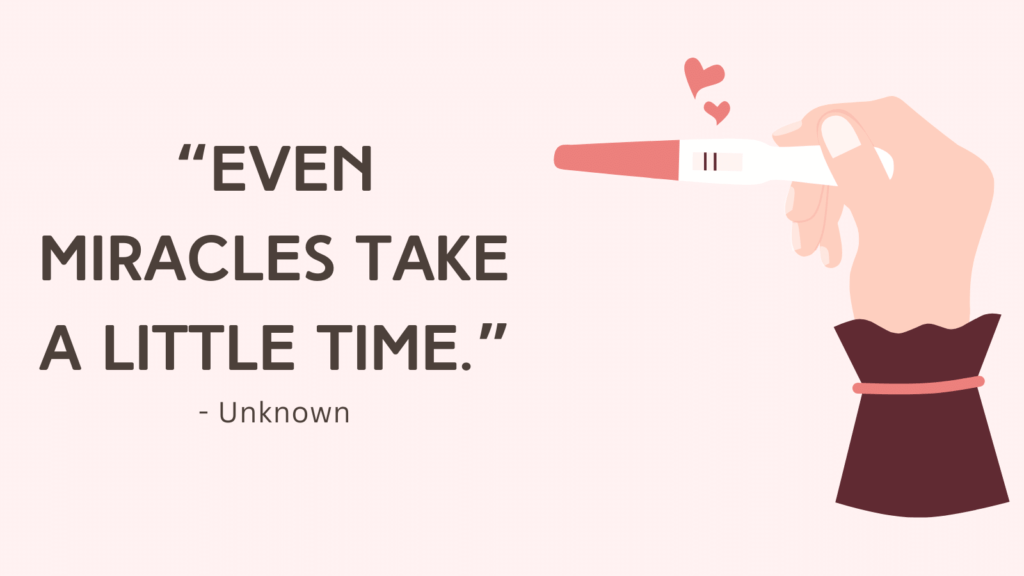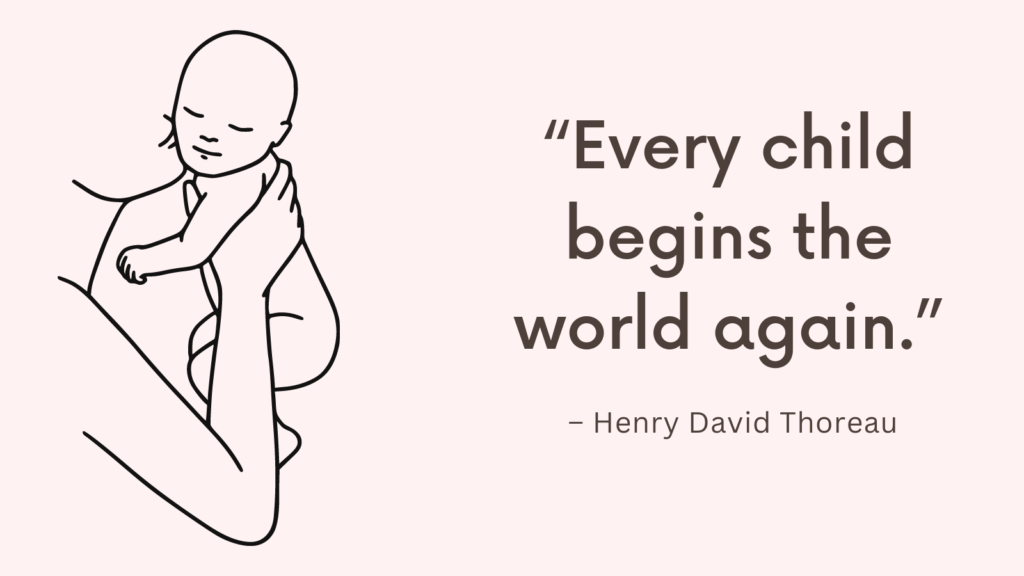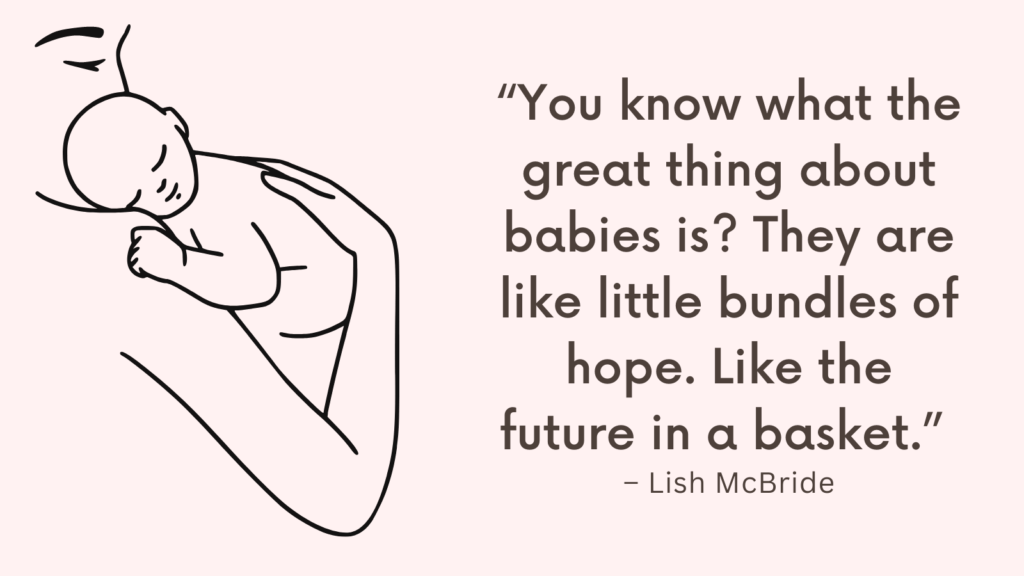This post will answer common questions related to c-section including, “When Can I Start Bending After C-Section?”
Preparing In Advance For C-section
Whether you’re scheduling a c-section or not, it’s helpful to understand the procedure to ensure that everything runs smoothly.
1. Communicate With Healthcare Provider
This can include discussing any concerns or questions you may have about the procedure, as well as your medical history and any medications you are taking.
It is also important to let your healthcare provider know if you have had any previous surgeries, have any allergies, or have a history of blood clots.
This information will help your healthcare team determine the best course of action for your C-section.
Additionally, it is important to follow any instructions given by your healthcare provider regarding pre-operative preparations, such as not eating or drinking before the procedure.
2. Understanding Post-Surgery Restrictions And Recommendations
After a C-section, there will be limitations on physical activities, especially during the initial weeks.
Lifting heavy objects, strenuous exercise, or any activities that put pressure on the abdominal area should be avoided.
It is important to follow your healthcare provider’s guidance regarding wound care, pain management, and medication.
Resting adequately is crucial for the body to heal properly, so make sure to get plenty of sleep and take short naps throughout the day.
Gentle walking is usually encouraged to improve blood circulation, but it is advisable to start slowly and gradually increase the duration and intensity.
3. Making Necessary Arrangements For Additional Help At Home, If Needed
After a C-section, it is common for mothers to experience fatigue, soreness, and reduced mobility, which can make daily tasks challenging.
Seeking support from family members, friends, or hiring professional help can greatly assist in easing the responsibilities of household chores, looking after older children, and even providing emotional support during this time.
For example, having a family member stay with you for a few days after the surgery can offer tremendous help by taking care of the baby’s needs, allowing you to rest and recover.
Additionally, arranging for someone to cook meals or help with housecleaning can alleviate a significant amount of stress.
Remember, it’s essential to communicate your needs and expectations with your support system in advance, ensuring a well-organized plan is in place.
By making these necessary arrangements, you can focus more on your recovery and bonding with your newborn, knowing that you have the additional help you may require.
Related: Top 16 C Section Recovery Must Haves For A Smooth Recovery
When Can I Start Bending After C-Section?
It’s important to follow your doctor’s instructions regarding postoperative care after a C-section.
In general, most doctors will recommend avoiding bending, lifting, and twisting for the first few weeks after a C-section to allow the surgical wound to heal properly.
You may be able to start bending forward and lifting light objects after about 2-4 weeks, depending on how you are healing and your doctor’s recommendations.
However, it’s important to avoid any strenuous activity or heavy lifting until your doctor gives you the green light.
When you are ready to start bending, do so slowly and carefully, and pay attention to any discomfort or pain in your incision area.
If you experience any pain, stop immediately and rest.
Walking and light stretching can also help promote healing and increase flexibility, but again, it’s important to check with your doctor before starting any new activities.
Related: Best 10 Postpartum Books
How To Keep C Section Incision Dry When Overweight?
Keeping your C-section incision dry is crucial for proper healing and to minimize the risk of infection.
Here are some tips to help you keep your incision dry, even if you are overweight:
1. Take care when showering: While showering, avoid letting the water directly hit your incision site. Instead, let the water flow gently over your body or use a handheld showerhead to control the water flow.
2. Pat dry: After showering or bathing, gently pat the incision area with a clean, soft towel. Do not rub as it may irritate the incision site.
3. Use absorbent pads: Place an absorbent pad or gauze over the incision site to catch any excess moisture or discharge. Change the pad regularly to maintain cleanliness and dryness.
4. Wear loose, breathable clothing: Choose loose-fitting clothes made of breathable fabrics like cotton. Avoid tight clothing that can increase sweating and moisture around the incision site.
5. Avoid excessive sweating: Overweight people tend to experience more skin folds and increased sweating. Try to keep yourself cool by using a fan, wearing lighter clothes, and avoiding activities that may cause excessive sweating until your incision is healed.
6. Keep the area elevated: When sitting or lying down, try to keep the incision area elevated using pillows or cushions. This can help reduce the amount of sweat that accumulates around the incision site.
7. Follow your doctor’s instructions: Your doctor may provide specific guidance on caring for your incision based on your unique situation, so be sure to follow their advice closely. If you have any concerns or notice any signs of infection, such as redness, swelling, or discharge, contact your healthcare provider immediately.
Remember to consult with your healthcare provider about your specific circumstances, as they will be able to provide you with personalized advice and recommendations for keeping your C-section incision dry while taking your weight into account.
Related: 10 Best Books For New Moms
How To Get Rid Of Hanging Belly After C Section?
The hanging belly after a C-section can be caused by muscle separation, excess fat, or loose skin.
Here are some tips that may help:
1. Exercise regularly: Regular exercise is vital for losing weight and building muscle tone. Incorporate both cardiovascular and strength training exercises into your routine.
2. Eat a healthy diet: A healthy diet can help you lose weight and reduce body fat. Focus on eating lean proteins, whole grains, fruits, and vegetables, and avoid processed and high-fat foods.
3. Incorporate core strengthening exercises: Incorporating core strengthening exercises like planks, crunches, and pelvic tilts can help tone your abdominal muscles and reduce the appearance of a hanging belly. However, these exercises should only be done after your doctor has given you the go-ahead.
4. Massage therapy: Massaging the affected area can help improve circulation, break down scar tissue, and reduce the appearance of a hanging belly. Consider using a massage oil or lotion while massaging.
5. Wear a compression garment: Wearing a compression garment can help support your abdominal muscles and skin while reducing swelling.
6. Consider cosmetic procedures: If nonsurgical methods do not seem to work, you might want to consider cosmetic procedures such as a tummy tuck or body contouring. These procedures should only be performed by licensed and experienced healthcare professionals.
It is important to note that it may take time and patience to see results, and for some women, the hanging belly may never fully go away. Be sure to consult with your healthcare provider before attempting any of these methods, especially if you have any medical conditions or concerns.
Related: Best 100 Self-Care Ideas to Try
Conclusion
After undergoing a caesarean section, it’s crucial to prioritize self-care to ensure a smooth recovery.
Taking care of yourself after a c-section means giving your body the time it needs to heal while also managing the demands of being a new parent.
Resting is crucial during the initial weeks post-surgery, allowing your body to heal from the trauma of the operation.
It’s essential to delegate tasks and ask for help with household chores, cooking, and caring for your newborn.
Gentle exercises, such as walking, can aid in your recovery, but it’s essential to consult with your healthcare provider before starting any exercise routine.
While caring for your baby is essential, taking care of yourself after a c-section is vital for your overall well-being and the ability to provide the best care possible for your little one.




